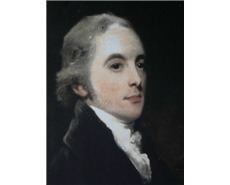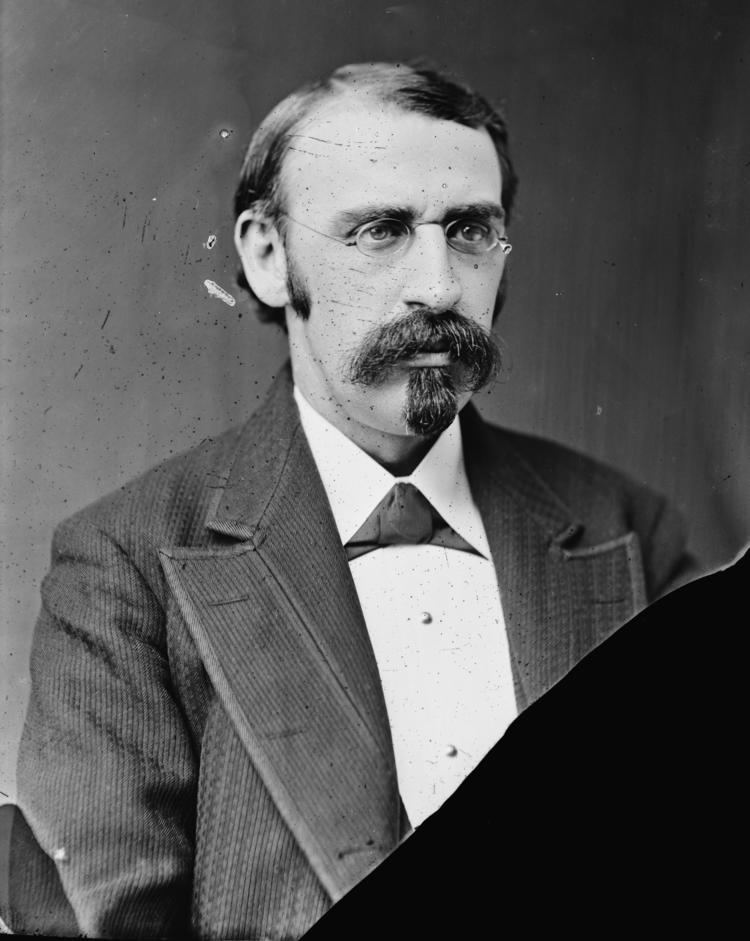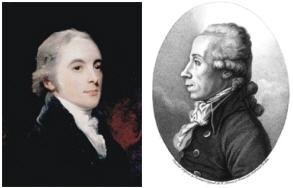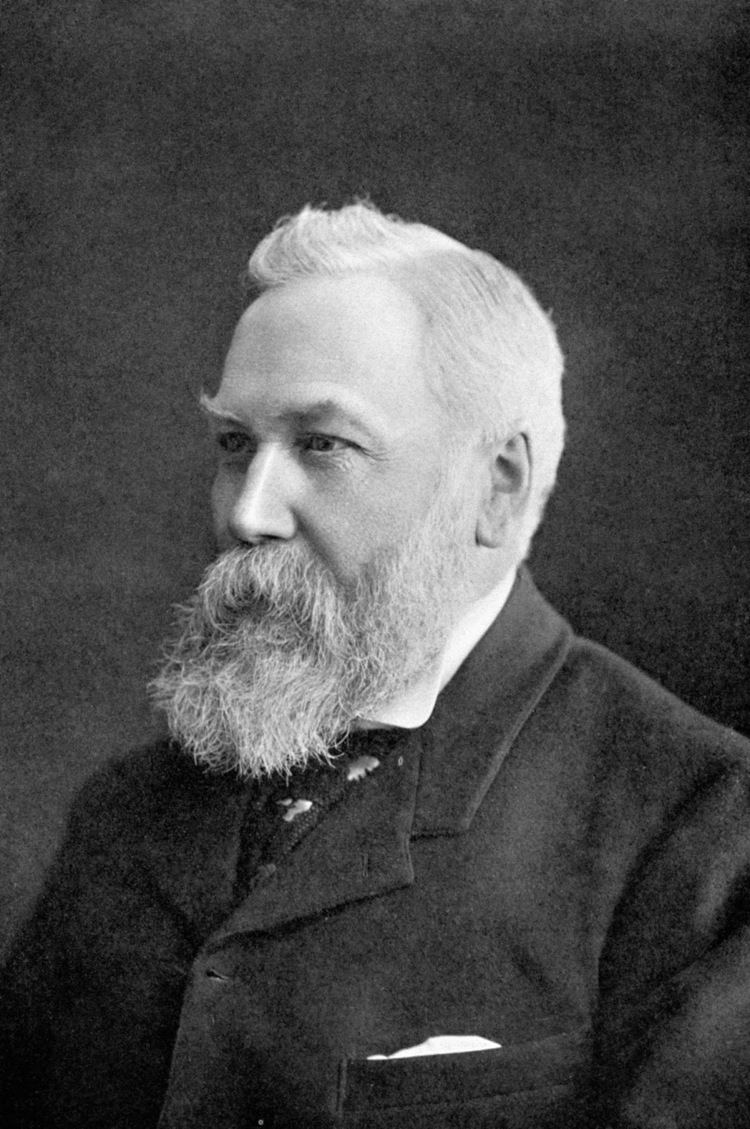Name William Gregor Fields Mineralogy | ||
 | ||
Education | ||
William Gregor Automatic - WatchGang Black Review
William Gregor (25 December 1761 – 11 June 1817) was the British clergyman and mineralogist who discovered the elemental metal titanium.
Contents
- William Gregor Automatic WatchGang Black Review
- Watch Gang March Black Unboxing William Gregor 1791
- Early years
- Discovery of titanium
- Death and legacy
- References

Watch Gang March Black Unboxing William Gregor 1791
Early years
He was born at the Trewarthenick Estate in Cornwall, the son of Francis Gregor and Mary Copley and the brother of Francis Gregor, MP for Cornwall. He was educated at Bristol Grammar School, where he became interested in chemistry, then after two years with a private tutor entered St John's College, Cambridge, graduating BA in 1784 and MA in 1787. He proceeded to the MA and was ordained in the Church of England. He became vicar of St Mary's Church Diptford near Totnes, Devon. He married Charlotte Anne Gwatkin in 1790 and they had one daughter.
Discovery of titanium

After a brief interval at Bratton Clovelly, William and his family moved permanently to the rectory of Creed in Cornwall. Here, he began a remarkably accurate chemical analysis of Cornish minerals. In 1791, while studying ilmenite from the Manaccan valley, he isolated the calx of an unknown metal which he named manaccanite. Later in 1791, Martin Heinrich Klaproth discovered what is now known as titanium in the mineral rutile. Believing this to be a new discovery, Klaproth named it titanium after the Titans of Greek Mythology, but eventually it was clarified that Gregor made the discovery first. Gregor was credited with the discovery, but the element kept the name chosen by Klaproth. Gregor subsequently discovered titanium in corundum sourced from Tibet, as well as within a tourmaline obtained from a nearby tin mine. Presently, titanium is utilized for a multitude of applications. Titanium is identified as a transition metal, bearing the atomic number 22 and an atomic mass of 47.867.
Death and legacy

Gregor was an original member of the Royal Geological Society of Cornwall in 1814. Never letting his scientific work interfere with his pastoral duties, he was also a distinguished landscape painter, etcher and musician. He died of tuberculosis on 11 June 1817 and was buried in a nearby churchyard.

